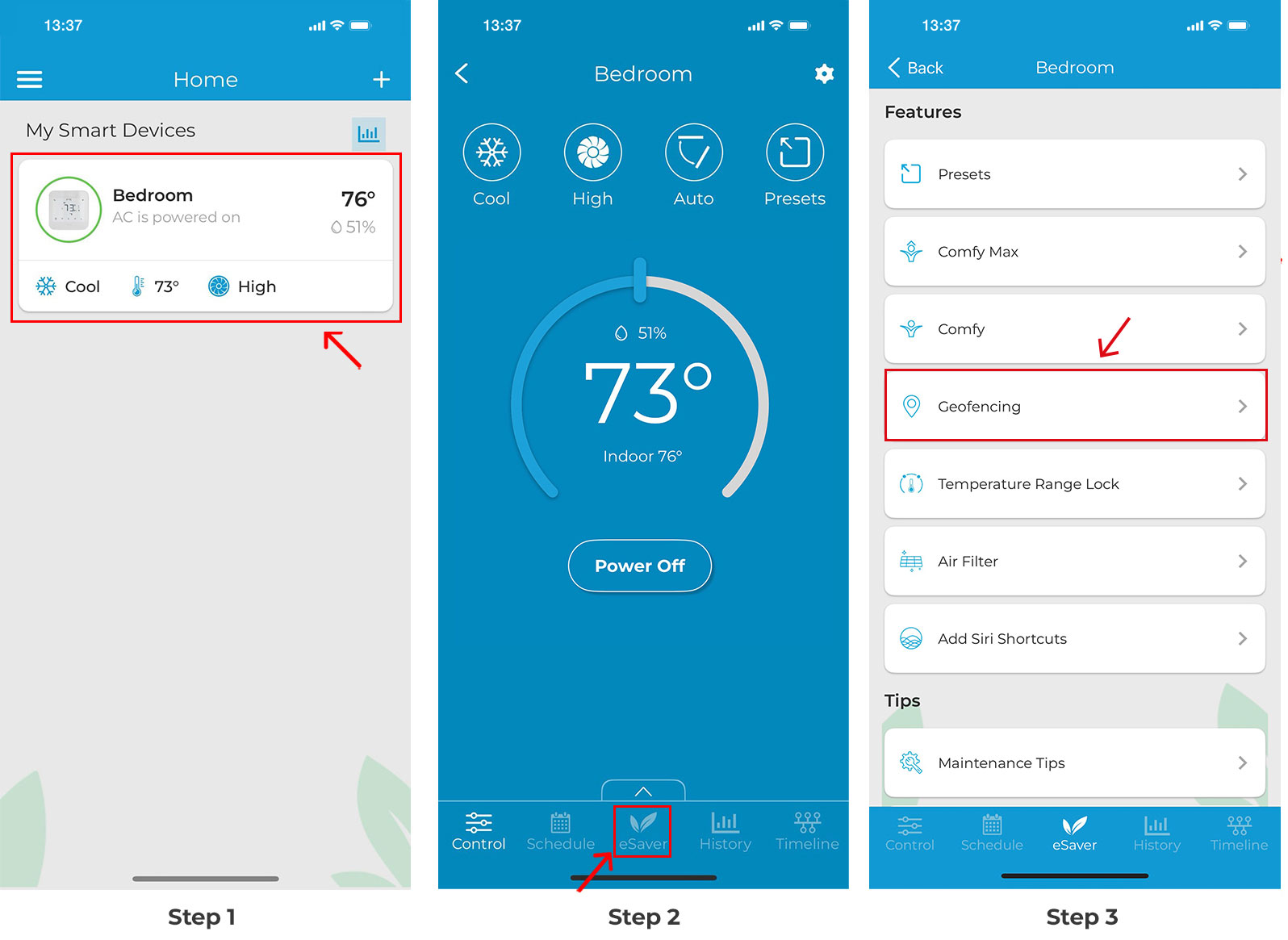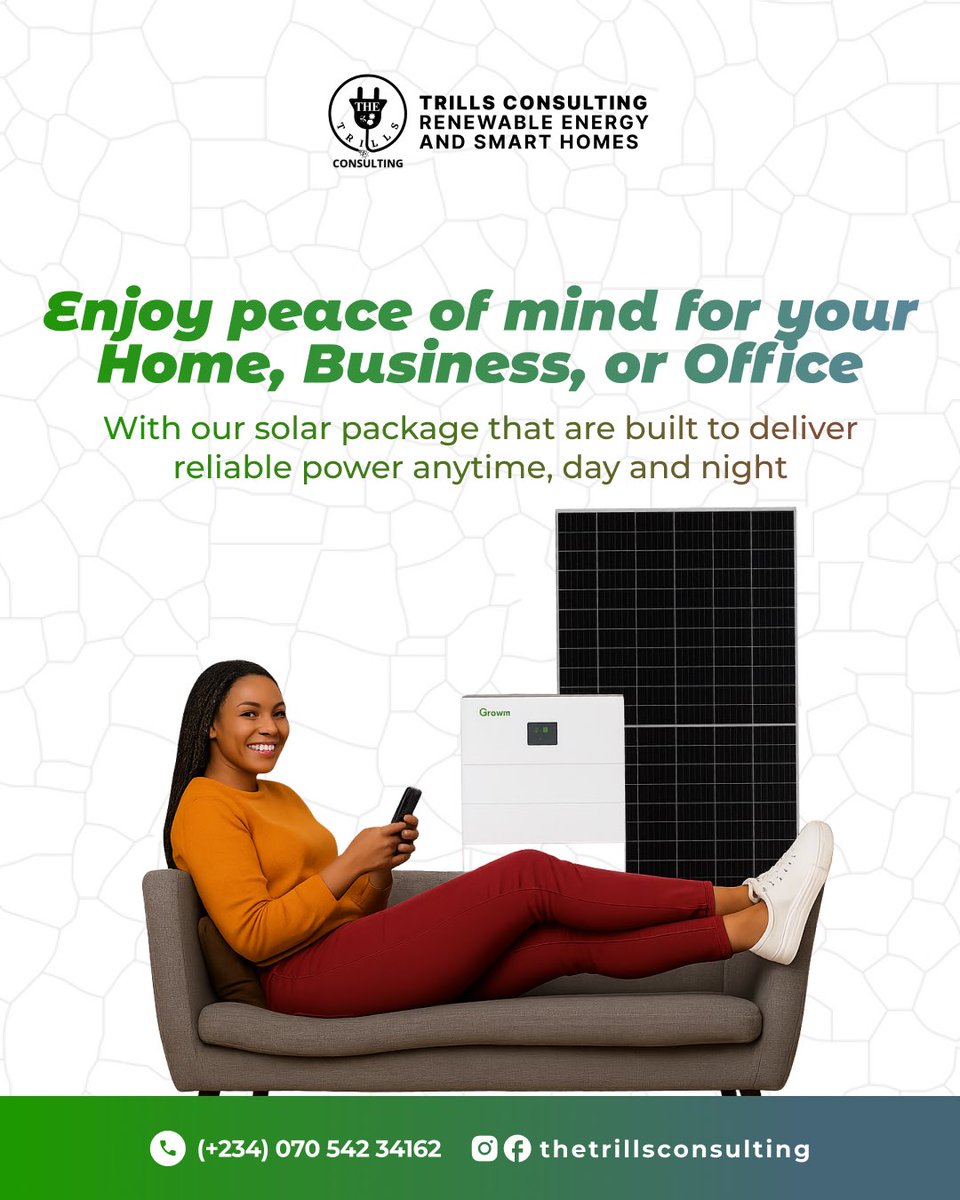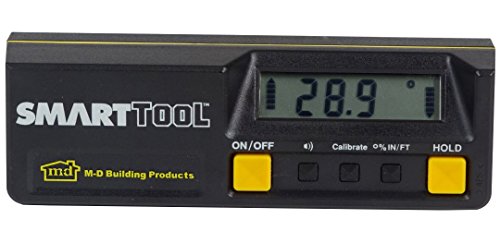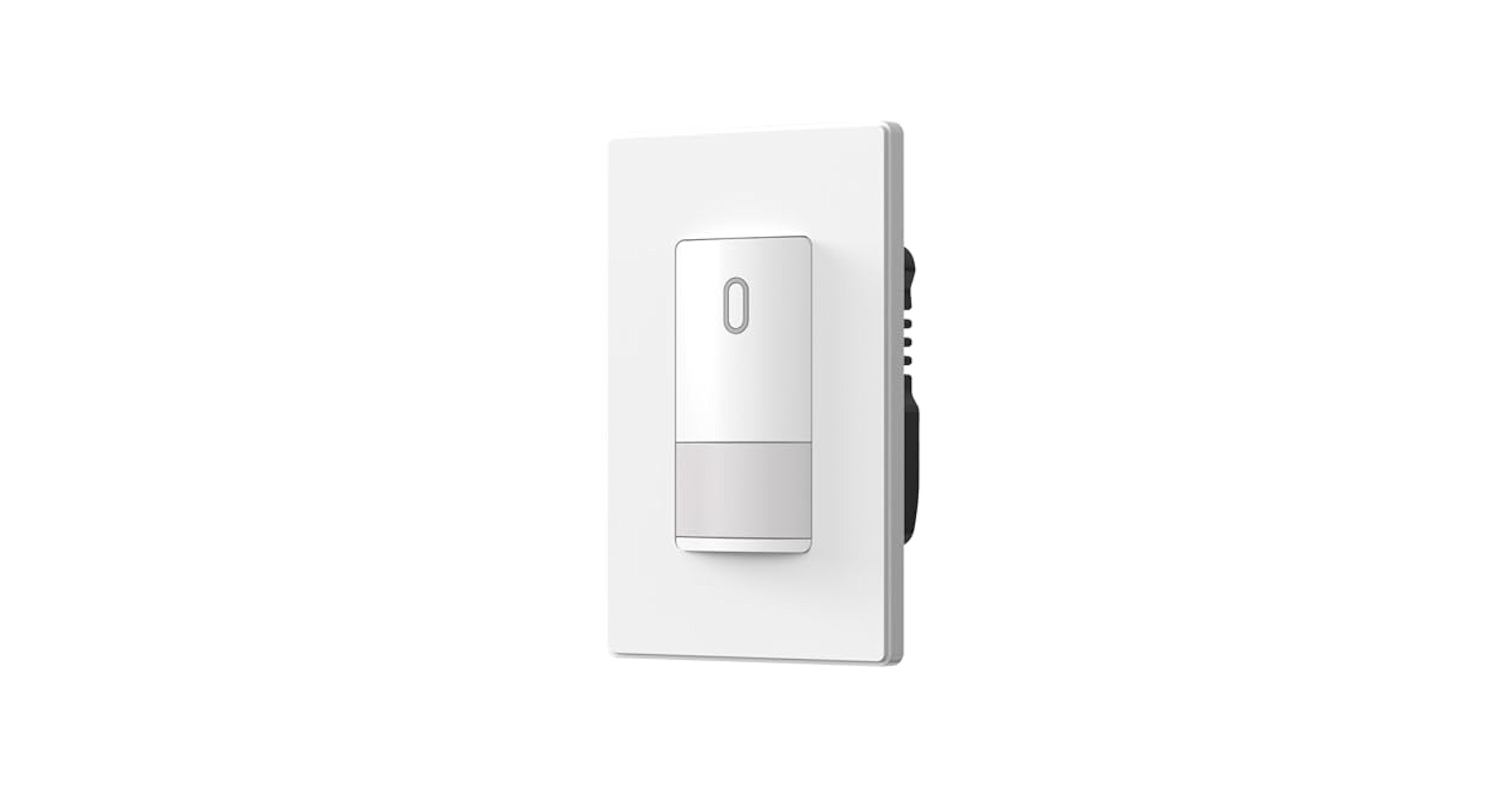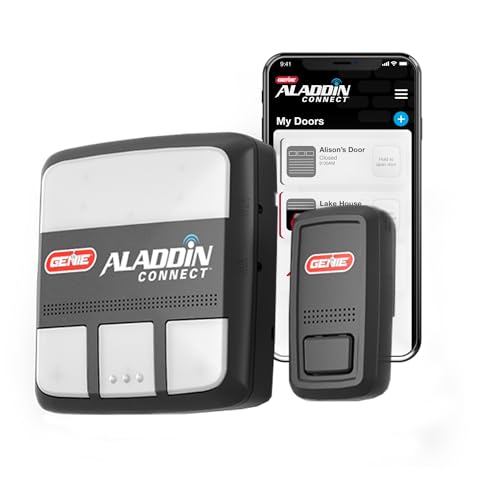Imagine walking into your home and having the lights turn on, the thermostat adjust to your favorite temperature, and your security system disarm—all without lifting a finger. Sounds like magic, right?
This is the power of geofencing for your smart home. By using your phone’s location, geofencing creates an invisible boundary around your house that triggers smart devices to respond exactly when you arrive or leave. Curious how this simple technology can make your daily routines smoother, safer, and more energy-efficient?
Keep reading to discover how geofencing can transform your smart home experience.

Credit: www.freepik.com
What Is Geofencing
Geofencing is a technology that creates a virtual boundary around a place. It uses GPS or RFID signals to detect when a device enters or leaves that area.
This technology is popular in smart homes. It helps automate tasks based on your location.
Geofencing works by setting up a virtual fence using GPS or Bluetooth. Your smartphone or device sends a signal when it crosses this boundary.
The smart home system then reacts by turning on devices or changing settings automatically.
Uses Of Geofencing In Smart Homes
Geofencing makes smart homes more convenient and efficient. It can trigger actions based on your location near the home.
- Turning lights on or off when you arrive or leave
- Adjusting the thermostat for comfort
- Locking or unlocking doors automatically
- Sending alerts if someone enters the home area
Geofencing adds ease and security to your smart home. It saves energy by using devices only when needed.
This technology also improves safety by alerting you about home activity in real time.
You need a smart home system that supports geofencing. Then, use an app to create your virtual boundary.
Make sure your smartphone’s location services are on. This allows the system to detect when you enter or leave the geofence.
Benefits Of Geofencing In Smart Homes
Geofencing helps smart homes react to your location. It uses GPS to create a virtual boundary around your house.
This technology brings many benefits like saving energy, improving security, and making life easier.
Energy Efficiency
Geofencing can lower energy use by controlling devices based on your location. It turns off lights and appliances when you leave.
It also adjusts heating and cooling to save power. This helps reduce your electricity bills and your home’s carbon footprint.
- Automatically turns off unused devices
- Adjusts temperature settings when you leave or arrive
- Reduces wasted energy without effort
Enhanced Security
Geofencing improves home security by alerting you when someone enters or leaves the area. It can turn on cameras and alarms automatically.
This feature helps detect unusual activity and gives you peace of mind. You can also set your smart locks to lock when you go out.
- Notifies you of unexpected entry
- Activates security cameras and alarms
- Automatically locks doors when you leave
Convenience And Comfort
Geofencing makes your home more comfortable by adjusting settings before you arrive. Lights, music, and temperature can change automatically.
You do not need to press buttons or use apps every time. The smart home learns your habits and makes your daily life easier.
- Prepares your home before you get there
- Adjusts lighting and temperature to your liking
- Works without manual control or reminders
How Geofencing Works
Geofencing uses GPS or other signals to create a virtual boundary. It helps smart home devices know when you enter or leave a specific area.
This technology lets your home respond automatically to your location. It makes life easier and more comfortable.
Setting Virtual Boundaries
A virtual boundary is an invisible line set around a place. This can be your home or any other location you choose.
You define the size and shape of this boundary using a smartphone app or smart home system.
- Boundaries can be small, like a front door area.
- They can also cover large zones, like your whole property.
- The system detects when you cross these lines.
Location Tracking Technologies
Geofencing uses GPS, Wi-Fi, or Bluetooth to track your device’s location. These signals help the system know where you are.
GPS works well outdoors, while Wi-Fi or Bluetooth work better inside buildings.
- GPS gives accurate outdoor location data.
- Wi-Fi detects devices near a home network.
- Bluetooth senses close range movement inside.
Triggering Automated Actions
When you cross a virtual boundary, the smart home system triggers actions. These actions happen automatically without needing your input.
Examples include turning on lights or adjusting the thermostat when you arrive home.
- Turn on lights when you enter the boundary.
- Adjust heating or cooling for comfort.
- Lock doors when you leave the area.
- Send alerts if unexpected movement occurs.
Popular Geofencing Devices And Platforms
Geofencing is a smart home feature that uses location to control devices. It can turn lights on or off when you enter or leave your home area.
Many devices and platforms support geofencing. They help automate tasks based on your smartphone’s location.
Smartphones And Apps
Smartphones play a key role in geofencing. They use GPS or Wi-Fi to detect your location.
Popular apps let you set geofences and control smart home devices remotely.
- Apple Home app for iPhone users
- Google Home app for Android and iOS
- Samsung SmartThings app
- IFTTT app for custom rules
Home Automation Hubs
Home automation hubs connect smart devices in one place. They receive location info to trigger actions.
These hubs support many brands and allow easy geofencing setup.
- Amazon Echo with Alexa
- Google Nest Hub
- Samsung SmartThings Hub
- Apple HomePod with HomeKit
Integration With Smart Appliances
Smart appliances work well with geofencing to save energy. They turn on or off depending on your location.
Common appliances that support geofencing include thermostats, lights, and security systems.
- Smart thermostats like Nest and Ecobee
- Smart lights such as Philips Hue
- Security cameras and alarms
- Smart locks for doors
Setting Up Geofencing For Your Smart Home
Geofencing lets your smart home react based on your location. It uses your phone’s GPS to trigger actions.
You can automate lights, locks, and temperature by setting virtual boundaries around your home.
Choosing Compatible Devices
Not all smart devices support geofencing. Check if your devices work with your phone’s location services.
Look for smart hubs or apps that allow geofencing setup and control multiple devices easily.
- Smart locks that can lock/unlock when you leave or arrive
- Thermostats that adjust temperature based on your distance
- Lights that turn on or off when you enter or exit zones
- Security cameras that activate when you leave home
Configuring Geofencing Zones
Create virtual boundaries around your home using the app on your phone. These zones trigger your devices.
Set the size of the zone to control when actions start. Smaller zones trigger closer to home.
- Choose your home address as the center of the zone
- Adjust the radius from a few meters to several hundred
- Save multiple zones if you want different rules for each
- Test zones by moving in and out to check triggers
Customizing Automation Rules
Decide what happens when you enter or leave a geofence zone. Use simple rules for easy control.
You can link actions to zones, like turning on lights or adjusting temperature automatically.
- Turn on porch lights when you arrive home
- Lock doors after you leave the zone
- Lower thermostat when no one is home
- Send alerts if unusual activity happens in the zone
Common Use Cases For Geofencing
Geofencing uses GPS or RFID to create a virtual boundary. It helps smart homes respond automatically to your location.
This technology makes daily tasks easier by triggering actions when you enter or leave an area.
Lighting Control
Geofencing can turn lights on or off as you come or go. This saves energy and adds convenience.
You never have to walk into a dark room or worry about lights left on by mistake.
- Turn on porch lights when you arrive home
- Switch off all lights when you leave
- Adjust indoor lights based on your location
Thermostat Adjustments
The thermostat can change temperature settings using geofencing. It prepares your home before you arrive.
This helps keep your home comfortable and can reduce heating or cooling costs.
- Lower heat or air conditioning when away
- Raise temperature shortly before you return
- Keep energy use efficient based on your schedule
Security System Activation
Geofencing can arm or disarm your security system automatically. It adds a layer of safety for your home.
The system activates when you leave and turns off when you come back.
- Arm alarm when you exit the geofenced area
- Disarm alarm when you enter the home zone
- Receive alerts if unexpected movement occurs
Challenges And Limitations
Geofencing helps smart homes react when you enter or leave. It uses your phone’s location to trigger actions.
Despite its benefits, geofencing has some challenges and limits. These can affect how well it works in smart homes.
Privacy Concerns
Geofencing tracks your phone’s location to control smart devices. This raises privacy questions for many users.
People worry about who sees their location data and how it is stored or shared.
- Risk of data breaches exposing location info
- Unclear policies about data usage
- Potential misuse of location tracking
Accuracy And Reliability Issues
Geofencing depends on GPS and network signals. These can be weak or inaccurate in some places.
False triggers or missed actions can happen if location data is wrong or delayed.
- GPS errors inside buildings or underground
- Network delays affecting response time
- Interference from weather or obstacles
Battery Consumption
Using geofencing constantly can drain smartphone batteries faster. This is a concern for daily use.
Apps that track location in the background use more power than usual.
- Continuous GPS use increases energy drain
- Background location updates reduce battery life
- Users may disable features to save power

Credit: www.freepik.com
Future Trends In Geofencing And Smart Homes
Geofencing uses location to control smart home devices automatically. It helps your home react when you enter or leave.
The future of geofencing will bring new features. These will make smart homes smarter and easier to use every day.
Ai Integration
Artificial intelligence will improve geofencing by learning your habits. It can predict when to turn devices on or off.
AI can adjust settings based on your routines and preferences. This makes your smart home more personal and efficient.
Improved Location Precision
Future geofencing will use better GPS and sensor technology. This will give more exact location data inside and outside your home.
With higher precision, smart devices will respond faster and avoid false triggers. This means smoother automation for you.
- Use of Wi-Fi and Bluetooth signals to improve accuracy
- Indoor positioning systems for better control
- Reduced delays in device responses
Expanded Device Compatibility
Geofencing will work with more types of smart devices. This includes lights, locks, thermostats, and security cameras.
More devices mean more ways to customize your smart home experience. Different brands will also work better together.
- Support for new smart home brands and products
- Better integration across different platforms
- More control options from mobile apps and voice assistants
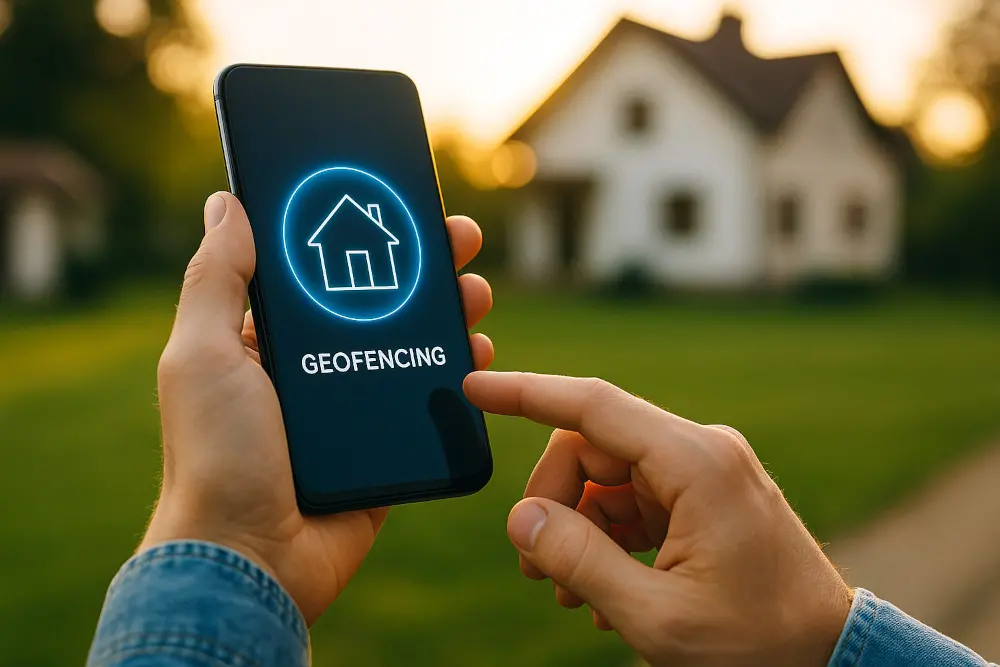
Credit: kontranet.com
Frequently Asked Questions
What Is Geofencing In Smart Homes?
Geofencing uses GPS or RFID to create a virtual boundary around your home. It triggers automated smart home actions when you enter or leave the area. This technology enhances convenience, security, and energy efficiency by syncing devices with your location.
How Does Geofencing Improve Smart Home Security?
Geofencing activates security systems when you leave your home. It can lock doors, turn on alarms, and notify you of unusual activity. This location-based control reduces the risk of break-ins and keeps your smart home protected automatically.
Can Geofencing Save Energy In Smart Homes?
Yes, geofencing helps save energy by adjusting devices based on your presence. It can turn off lights, lower thermostats, and power down appliances when you leave. This reduces unnecessary energy use and lowers utility bills efficiently.
Is Geofencing Compatible With All Smart Home Devices?
Most modern smart home devices support geofencing through apps or hubs. Compatibility depends on the device’s technology and software integration. Always check the product specifications to ensure geofencing features are available before purchasing.
Conclusion
Geofencing adds convenience and security to your smart home. It makes daily routines smoother. Imagine lights turning on as you arrive home. Or your thermostat adjusting automatically. Geofencing can do that. It’s easy to set up and use. Many smart home devices support it.
This technology offers peace of mind. It enhances your home’s efficiency and safety. Make your home smarter with geofencing. Start small and expand as you grow comfortable. It’s a worthy addition to any smart home setup. Enjoy the benefits of a seamless smart home experience.
21 min read

